Days 1-2
I had long wanted to return to Portugal, a country that truly resonates with me. I don’t use the word “love” lightly — I reserve it for just one country: the one I live in.
Portugal won me over with the understated charm of its traditional architecture, interrupted by bursts of wild imagination in the Manueline style and fairy-tale castles, with the quiet dignity of its people, the soulful melancholy of fado songs, and of course, excellent coffee. I wanted to explore it more deeply. And here I am again.
The next day — our first full one — was dedicated to the beautiful town of Sintra. Sadly, it was marred by non-stop rain, though somewhat redeemed by a delicious, if pricey, lunch at a countryside restaurant on the way from Cabo da Roca. As it turns out, cod in Portugal isn’t always made from that wildly salty fish; when it’s prepared from regular cod, it’s actually quite good.
There have been plenty of travel reports on Portugal lately, so I’ll try not to repeat what’s already been said. I bought a SIM card from a vending machine at the airport for 25 euros (all the regular stores were closed, but one shop still had a girl inside — I knocked, and she helped install the SIM and set it up). We also got a Toyota Corolla Station instead of the Ford we reserved. The strange part was that although we added a second driver during booking, it wasn’t listed in the contract, and we had to pay an additional €123 on top of the already expensive rental. Lesson learned: always double-check everything.
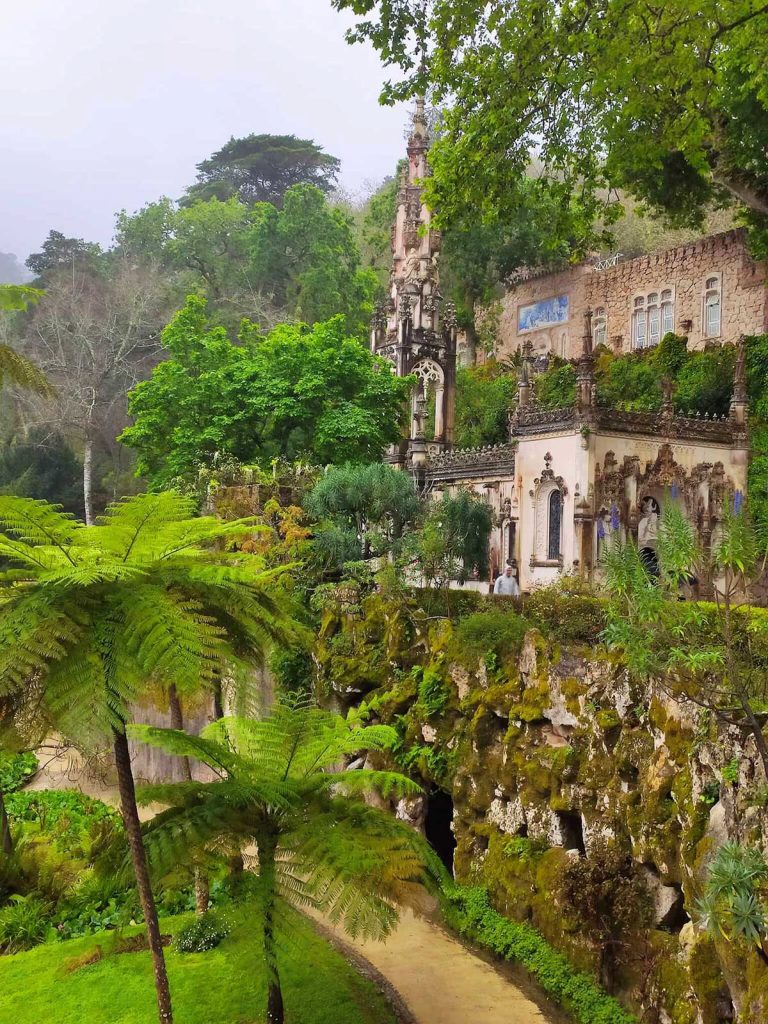
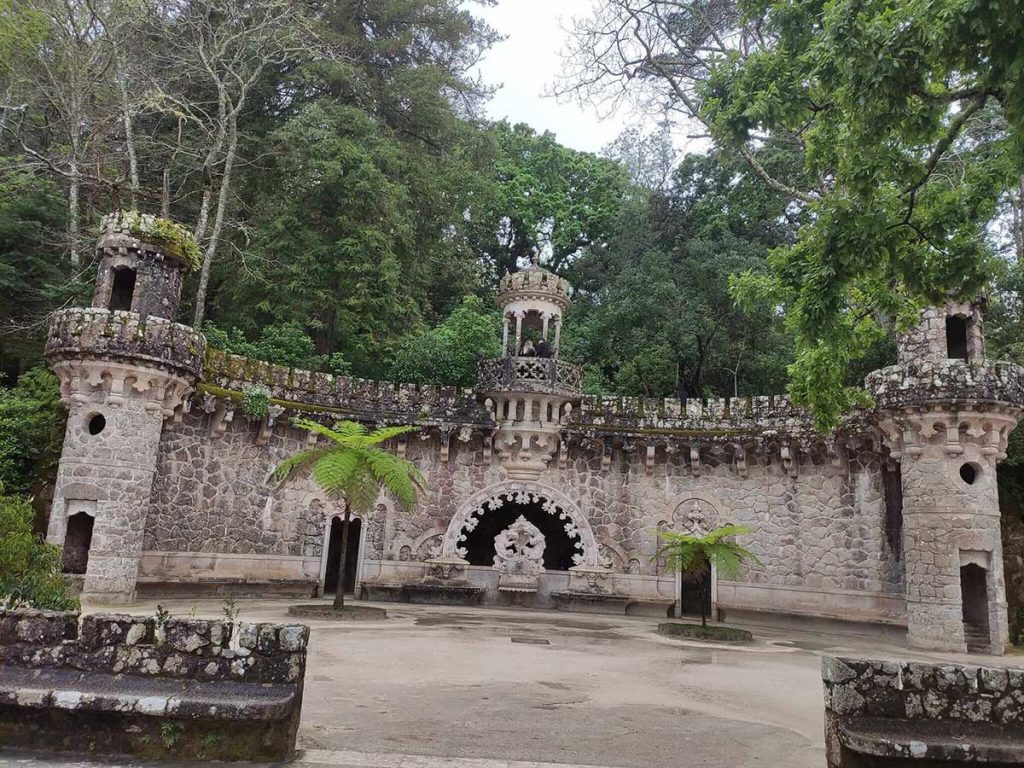
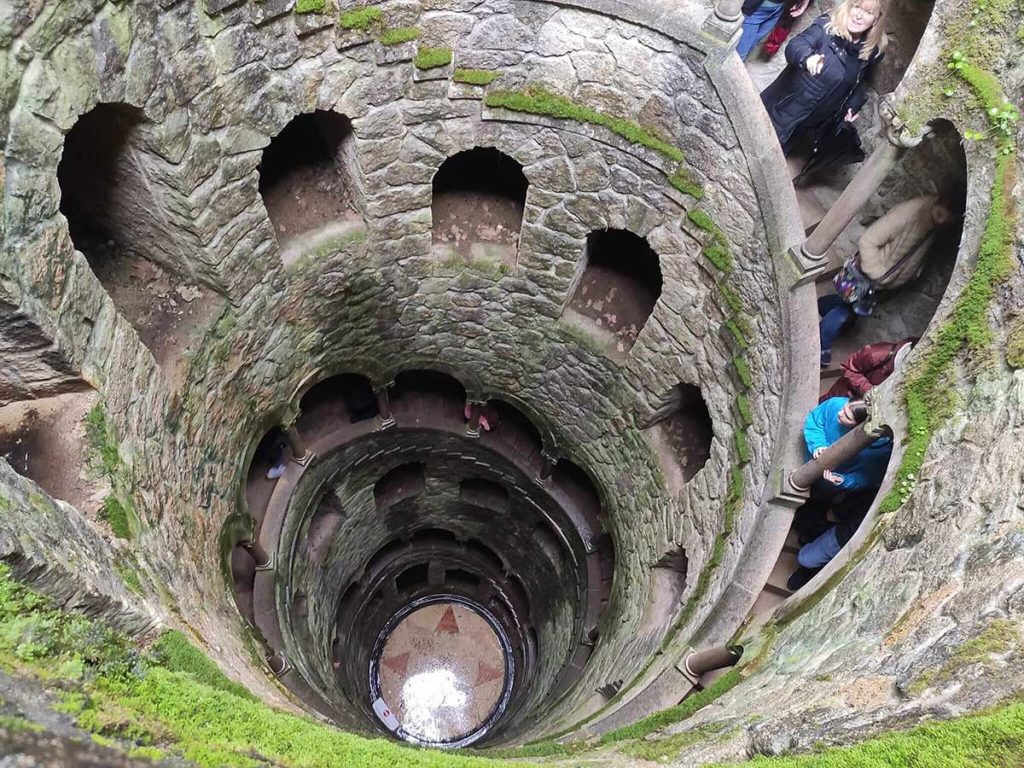
Despite the weather, we managed to complete nearly the entire program, except for the lovely Monserrate Park — we simply didn’t have the energy left. And at Quinta da Regaleira, a truly fascinating site, we could’ve wandered longer and deeper (quite literally) if the weather had been better.
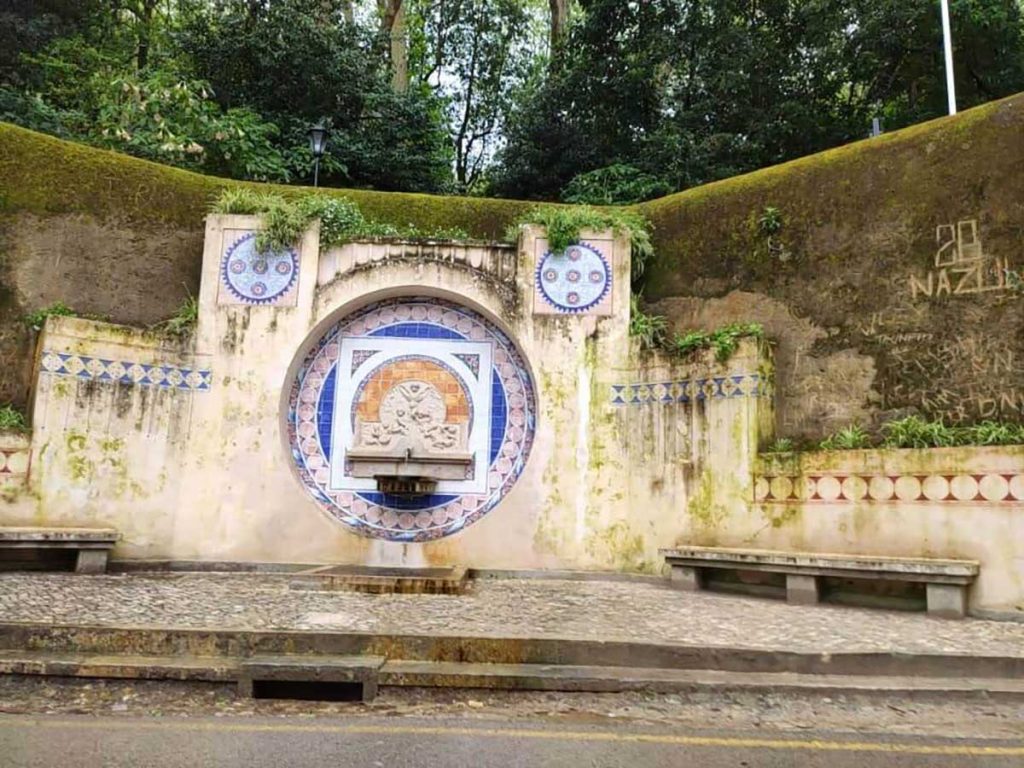
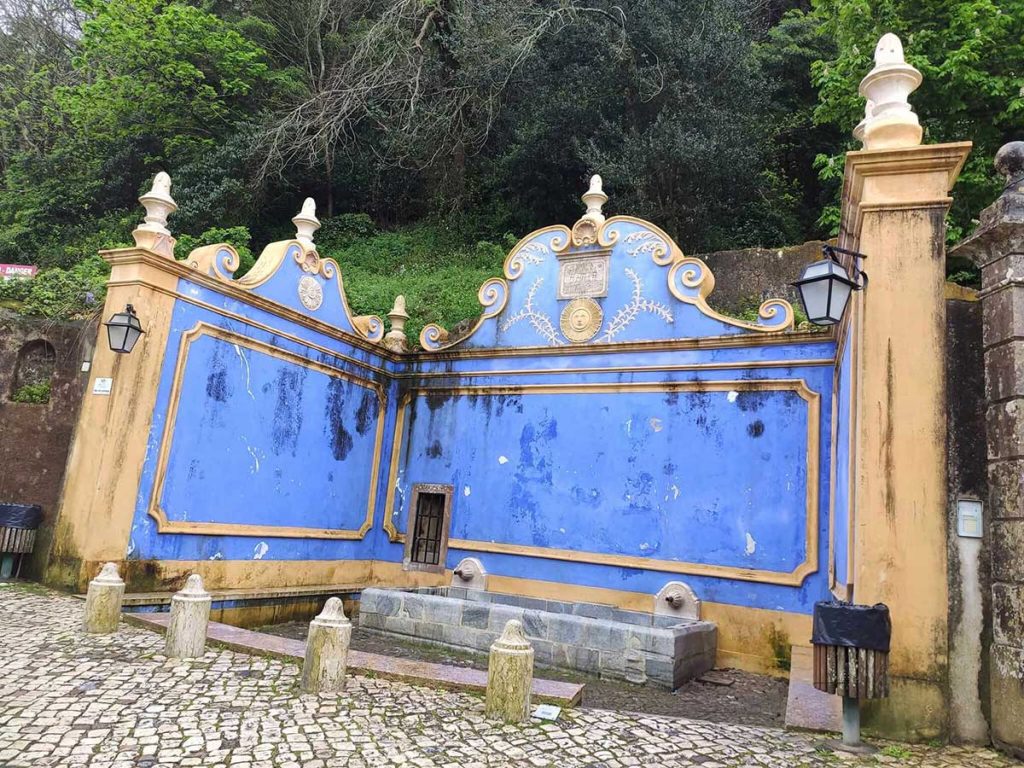
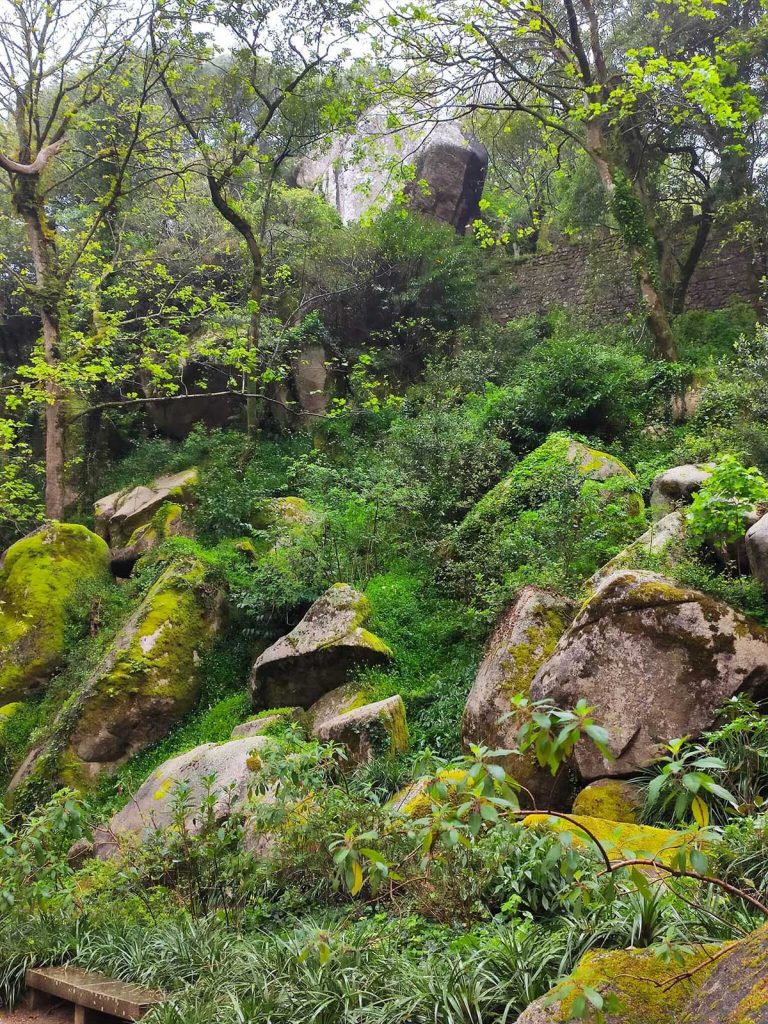
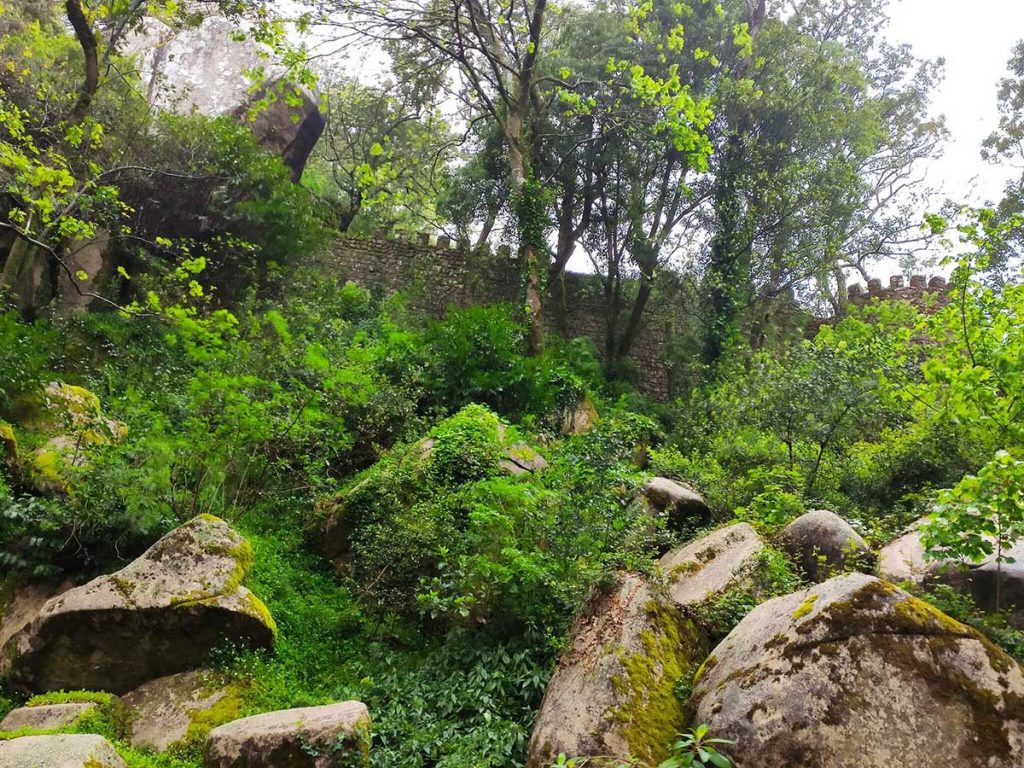
We were worried there wouldn’t be much greenery in Portugal yet, but were pleasantly surprised: lush, almost tropical vegetation was in full bloom. It looks like the rain will stop tomorrow.
Day 3
Our first destination was the grand palace-monastery in Mafra, a UNESCO World Heritage site. The church façade is beautiful. According to those who visited the interior, it’s richly Baroque. Since I’m rather indifferent to that style, we didn’t plan to go inside, and we didn’t have time anyway.
We also had to skip the magnificent library, often compared to the famous library in Melk, Austria, which I once had the chance to see.
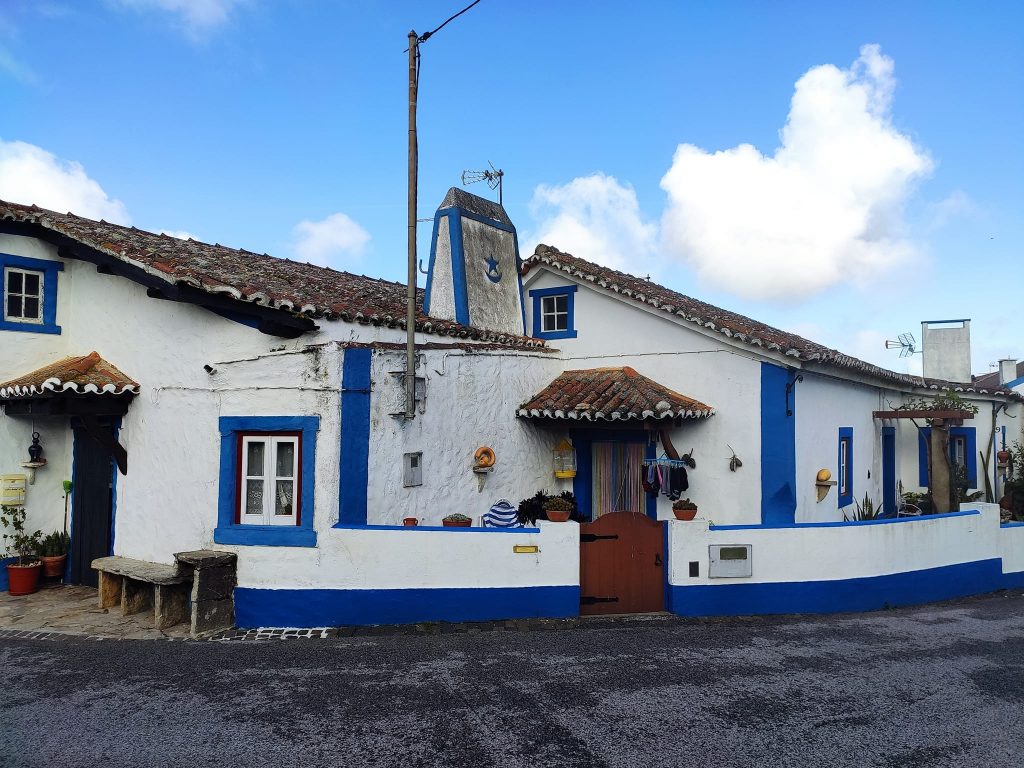
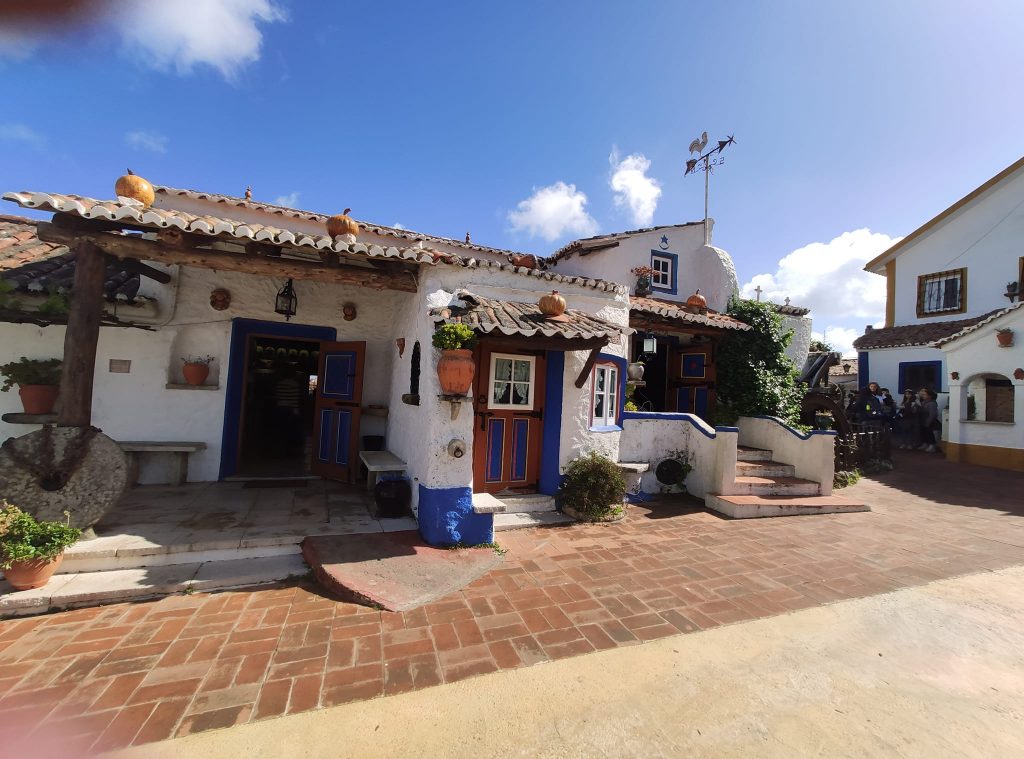
Just four kilometers from the palace, in the town of Sobreiro (which translates as “cork oak”), architect José Franco created a so-called “Typical Village” out of clay: brightly painted houses in traditional Portuguese colors — the homes of a blacksmith, barber, and shoemaker among others — plus a dovecote, windmill, and animal pens for the delight of children.
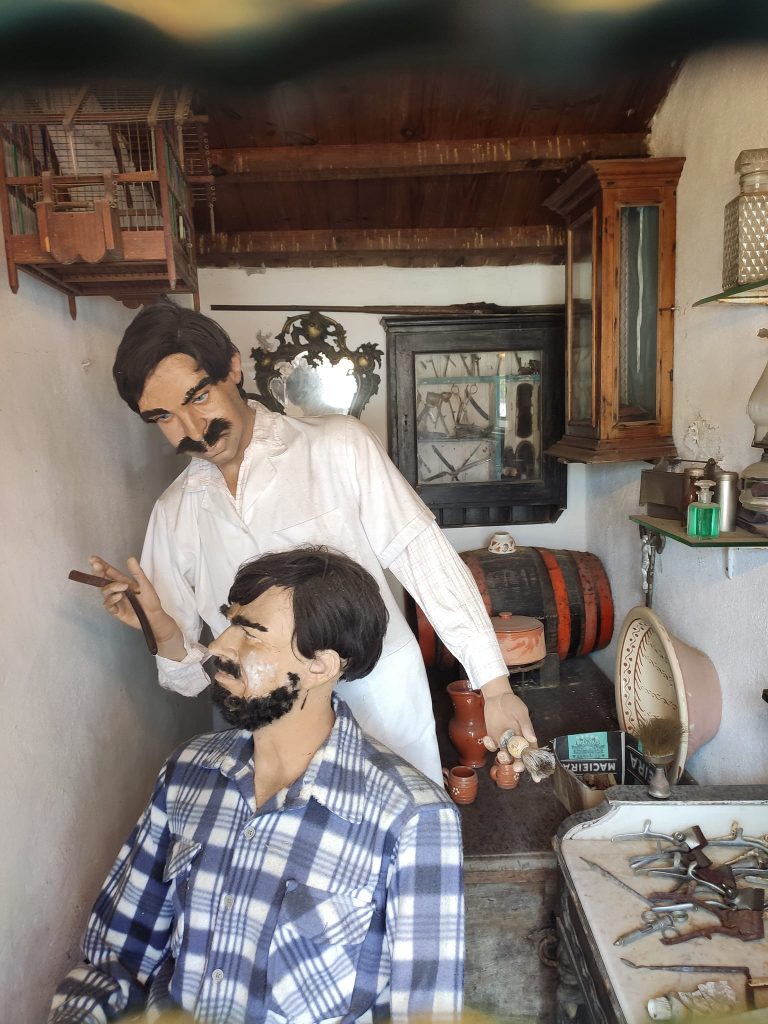
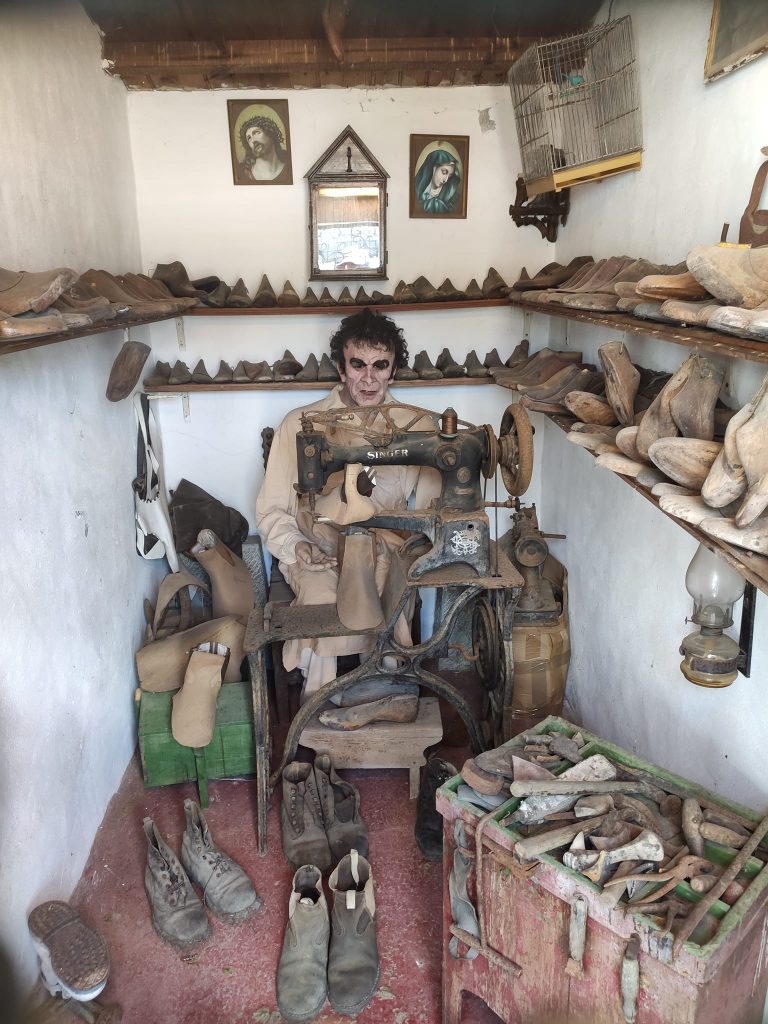
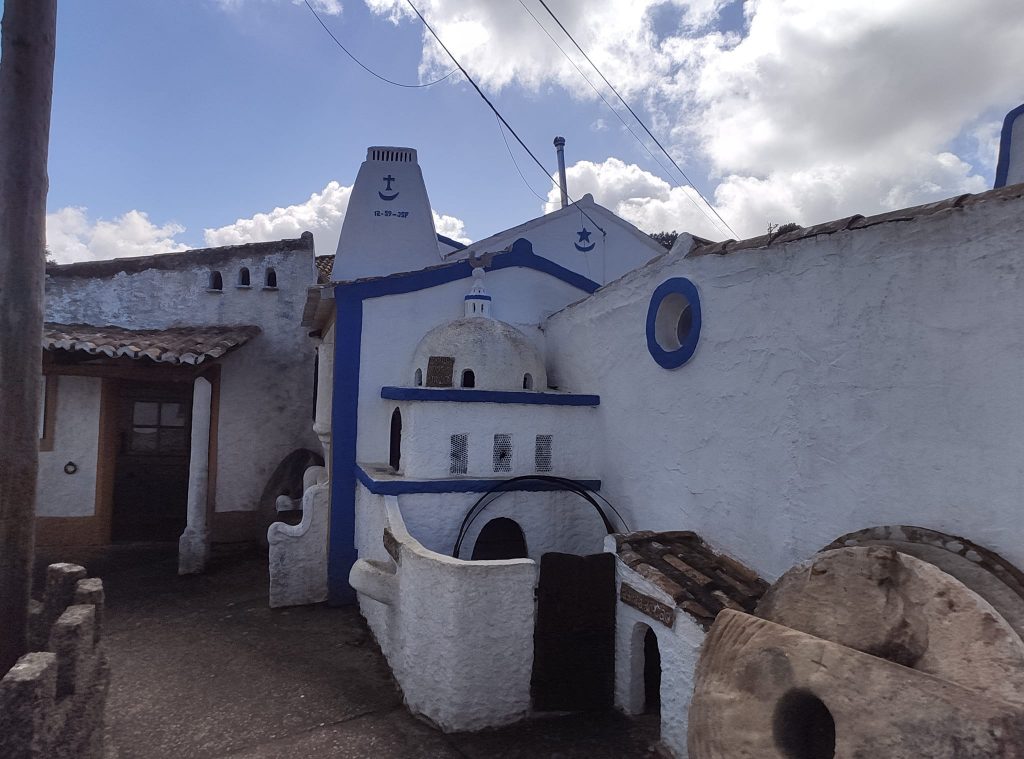
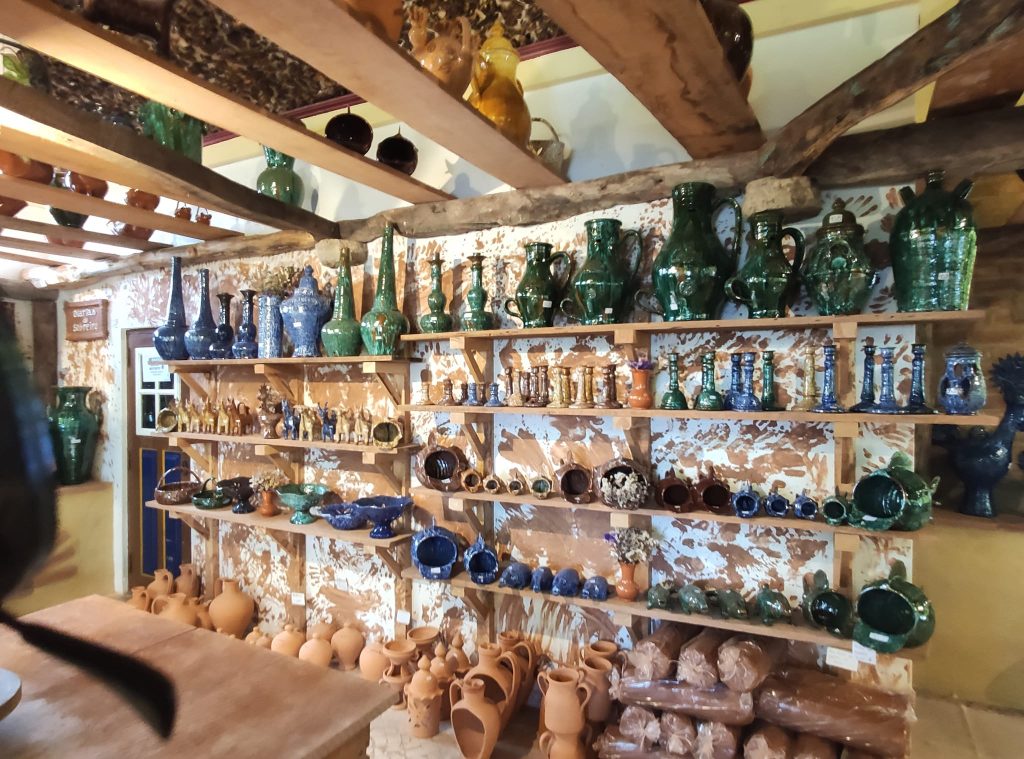
The vivid colors, cheerful children’s voices, and a beautiful ceramics shop — all of it creates a festive atmosphere. Nearby, the real houses of locals are almost as fascinating.
After retracing quite a bit of road (Mafra was essentially a detour), we headed to a truly unusual place for this region — Buddha Eden, the Garden of Peace, the largest Oriental garden in Europe. It was created in 2001 by local winemaker, philanthropist, and art collector José Berardo in memory of the ancient Buddhist statues destroyed by the Taliban in Afghanistan.
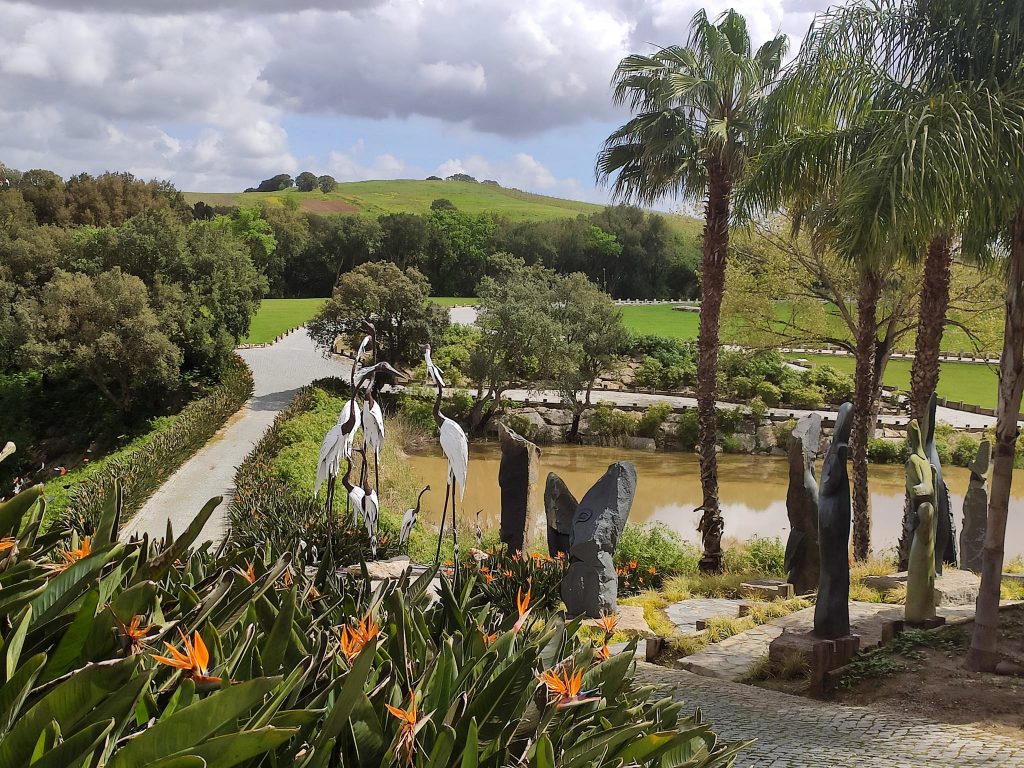
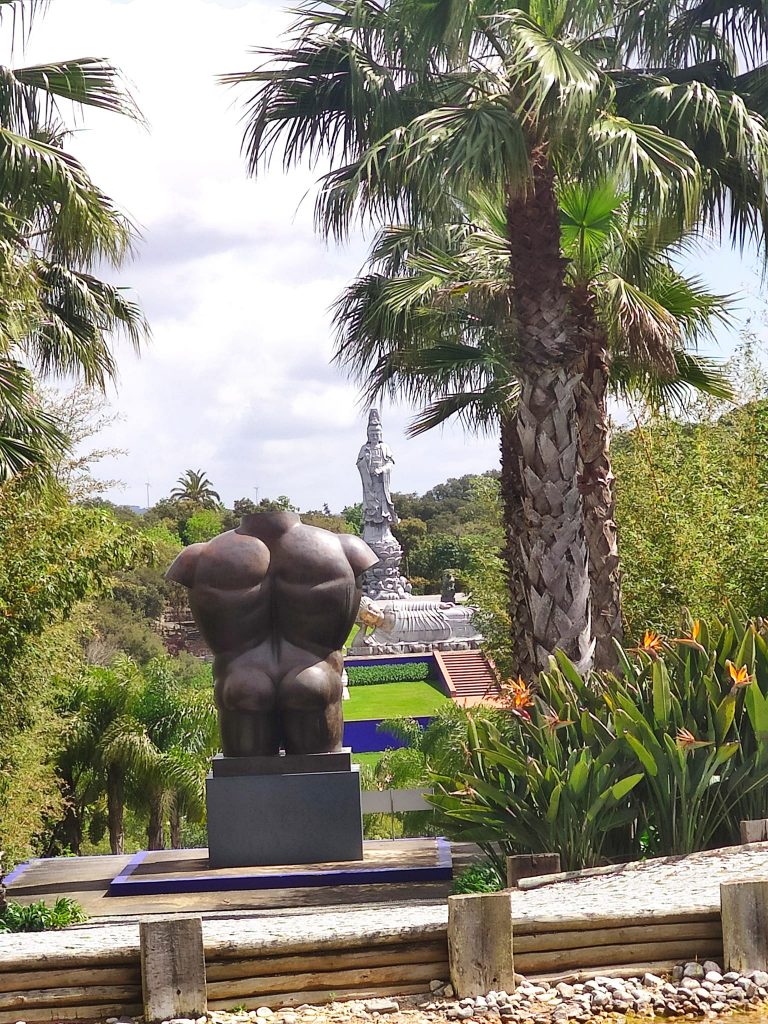
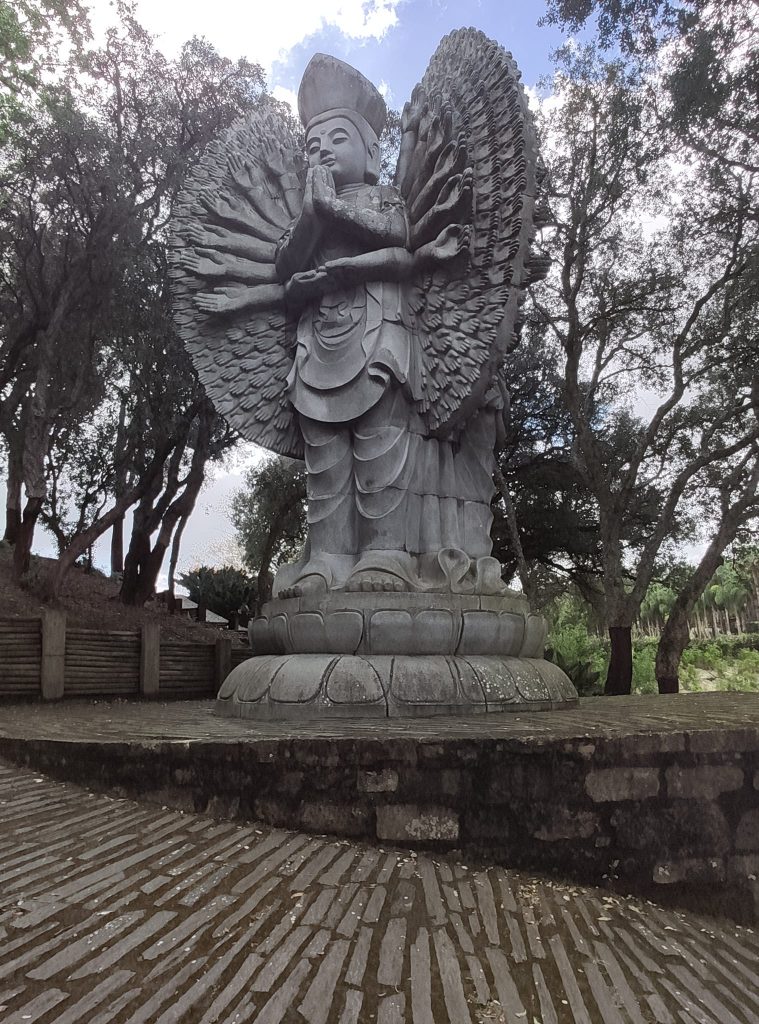
Set on 32 hectares of beautiful natural surroundings, the park is truly mind-blowing. It’s divided into three parts: one with modern sculptures (which are stunning), one dedicated to African heritage with hundreds of sculptures of wildlife, and the largest — the Chinese section, with hundreds of Buddha statues ranging from small to giant, along with replicas of the famous Terracotta Warriors. You just want to sit down, meditate, and forget your worries.
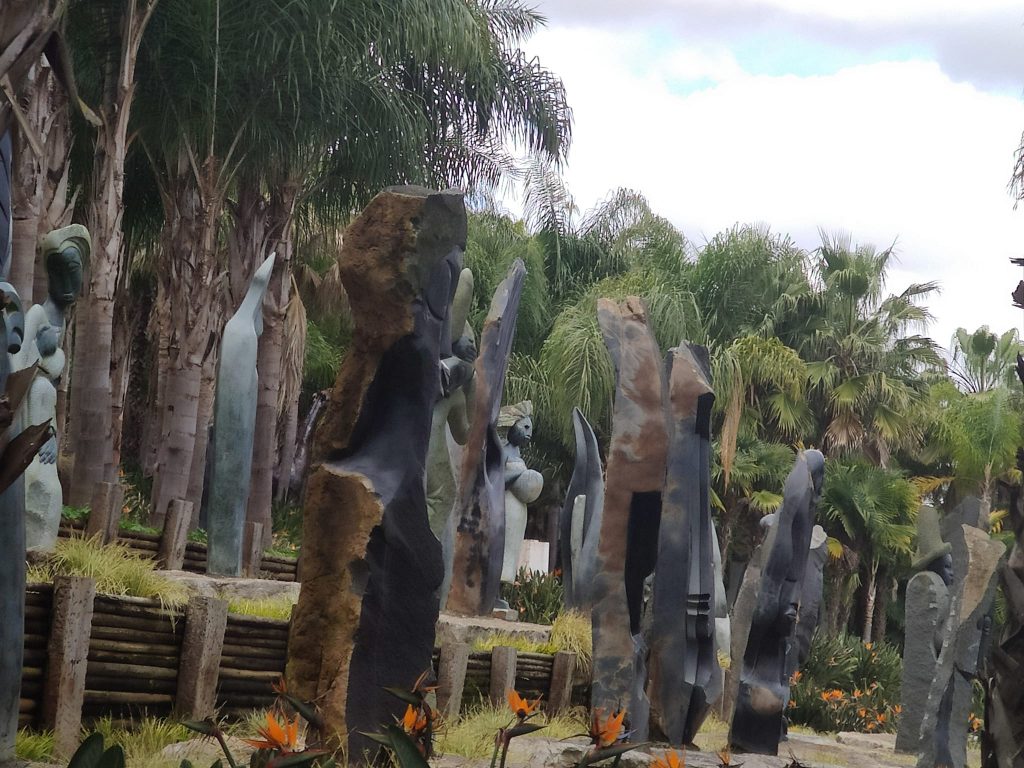
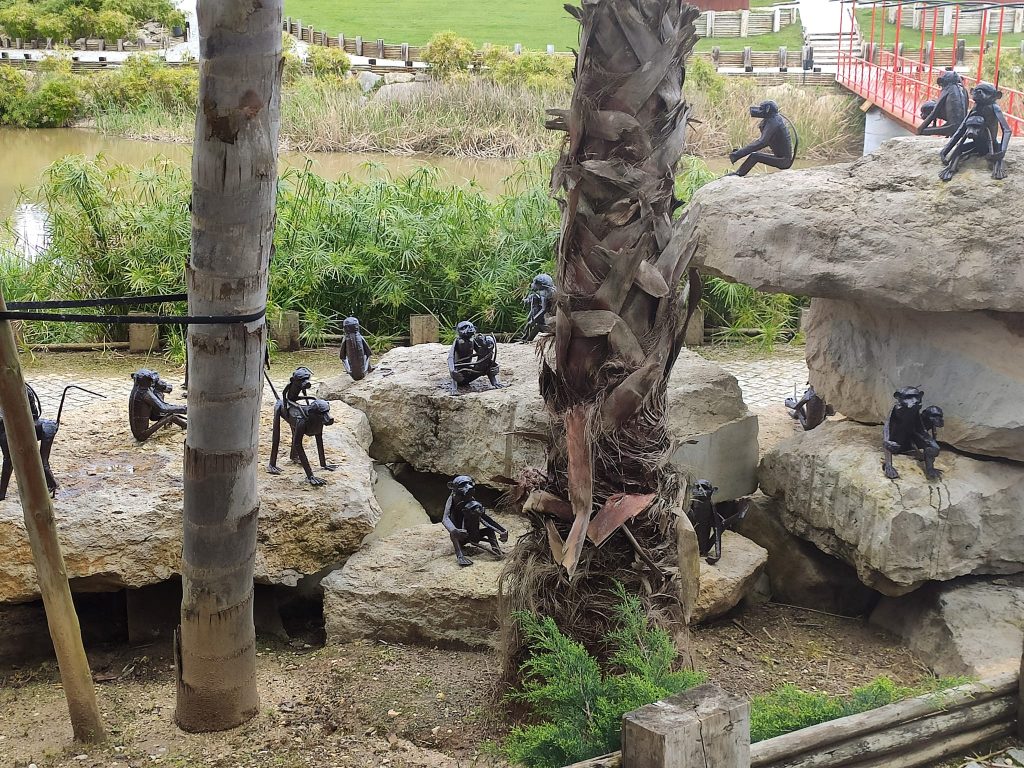
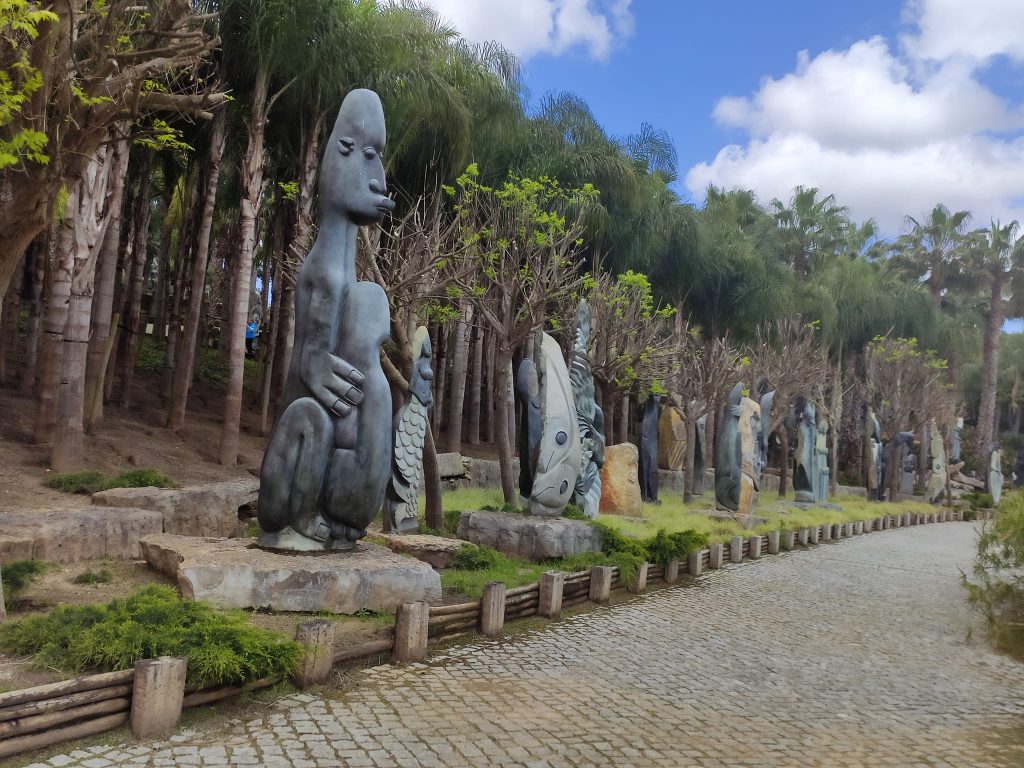
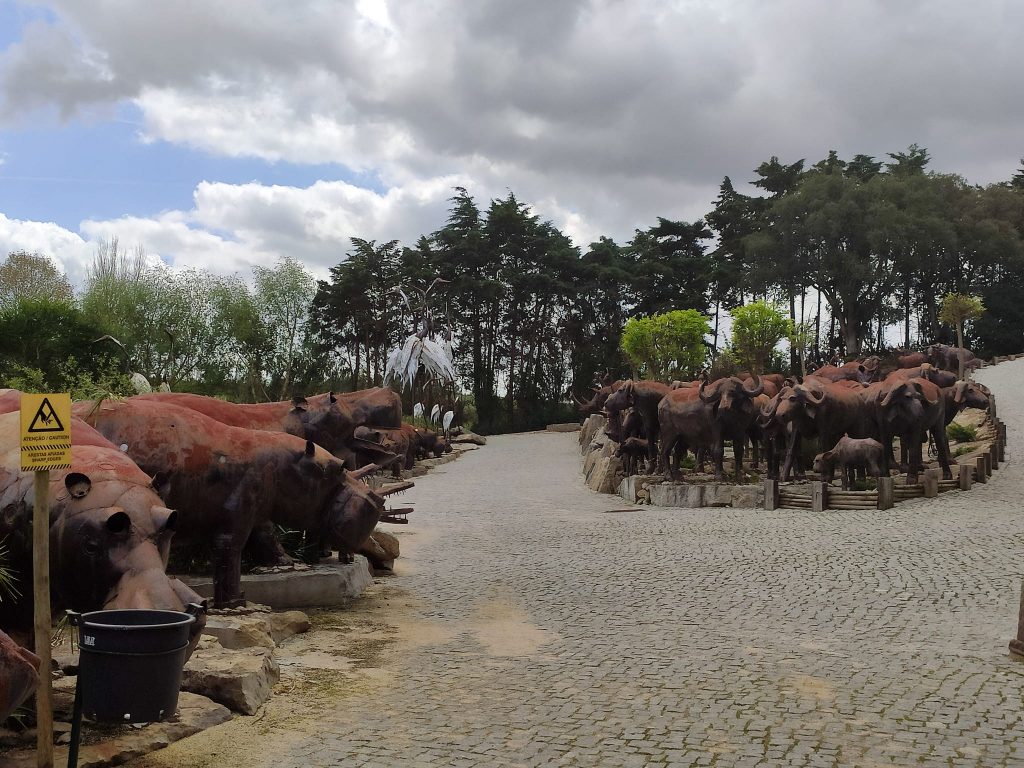
You can take a tourist train around the park for €6 (same as the entrance fee), which makes three stops. But we happened to arrive during its break (12:45 to 14:00), so we easily explored most of the park on foot in just over an hour. At the exit, you can buy wines produced nearby at Quinta dos Loridos, Berardo’s vineyard.
From there, we continued to Alcobaça, where inside the monastery church lie the tombs of King Pedro and Inês de Castro, adorned with magnificent sculptures. Their tragic love story — I’ll save that for another time.
The day ended with a visit to the 14th-century Monastery of Our Lady of Victory in Batalha, built by royal vow in gratitude for the Virgin’s aid in victory over the Castilians. The beauty of its façade and the rich Manueline ornamentation make Batalha one of Portugal’s top tourist sites.
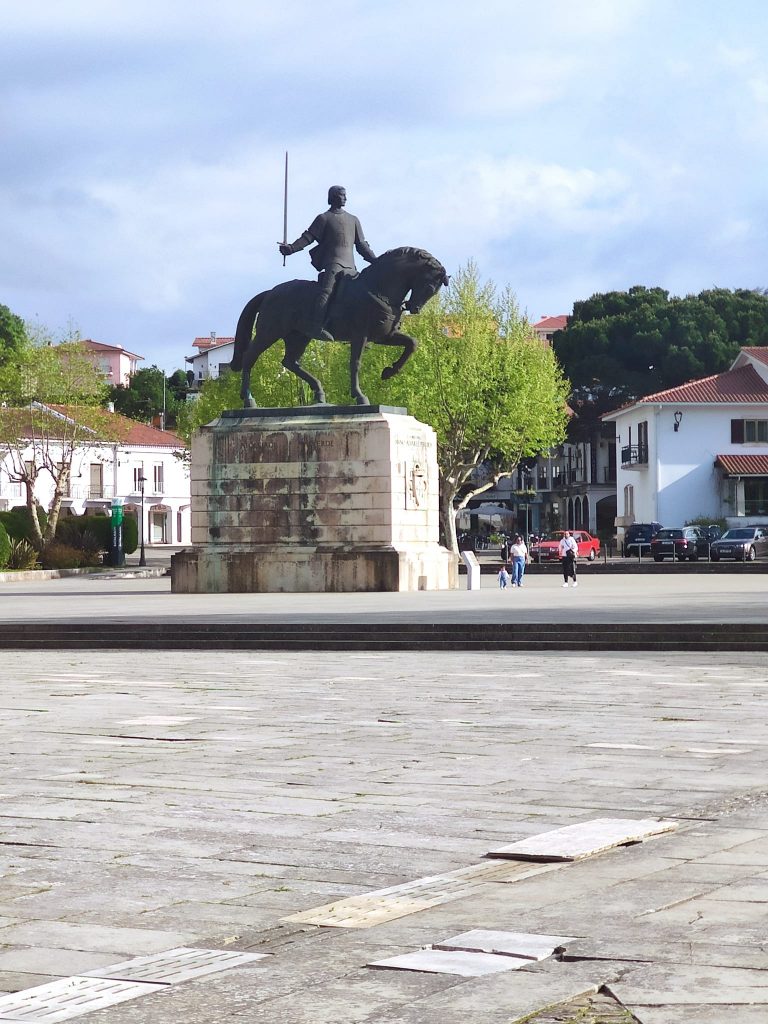
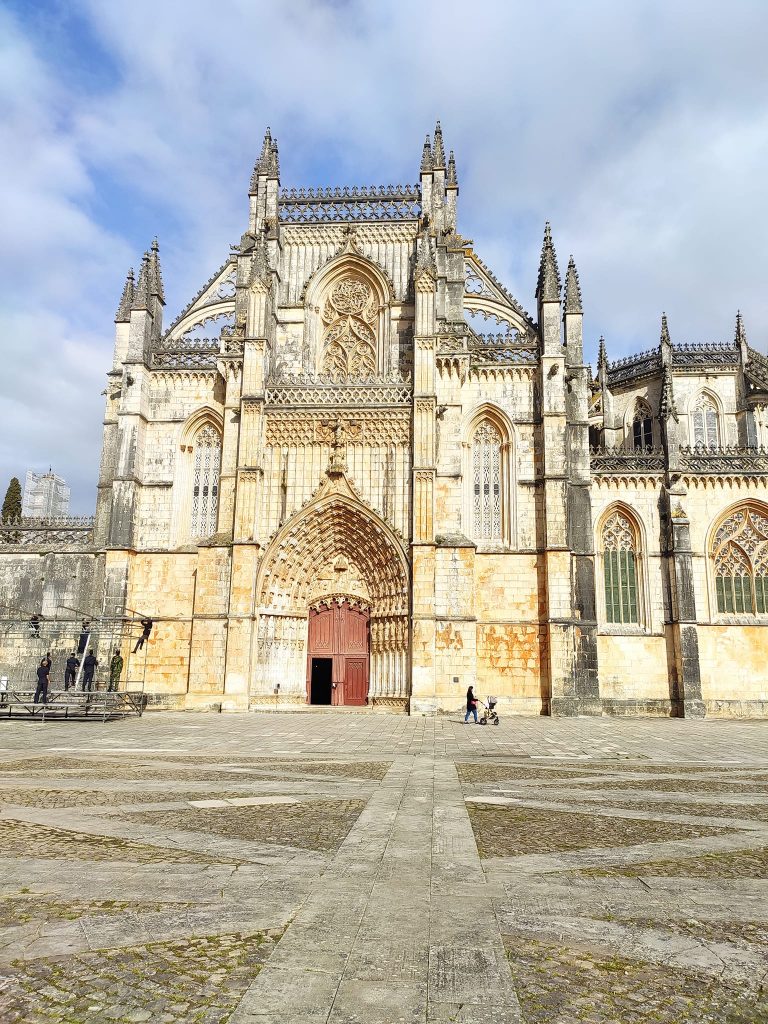
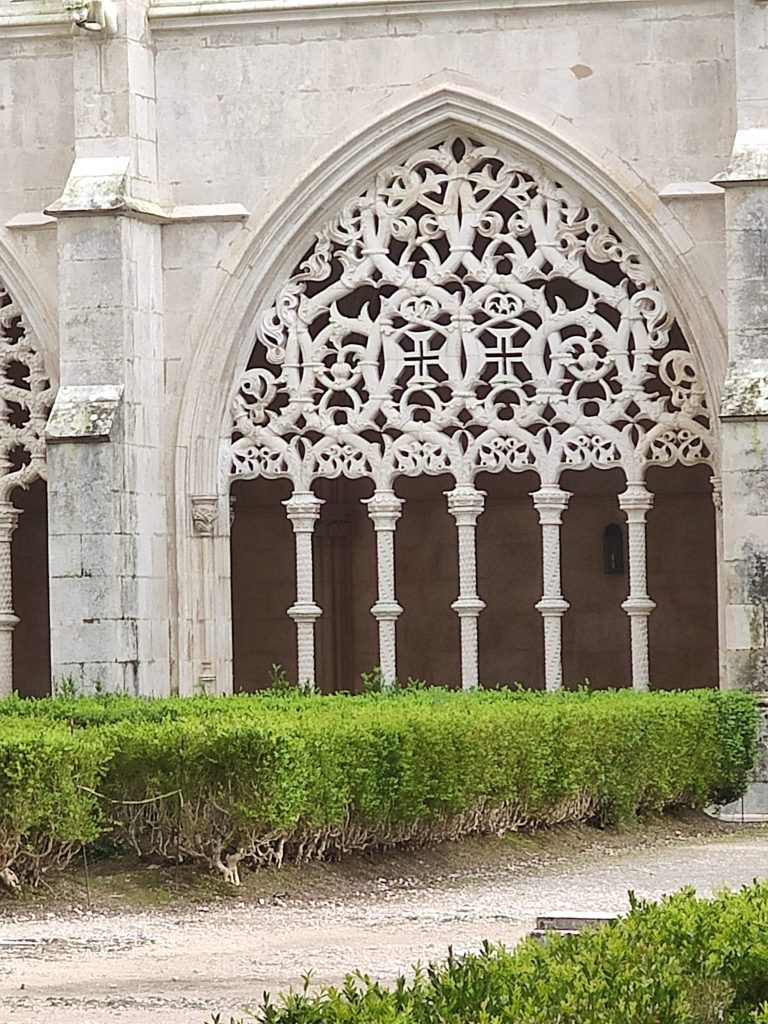
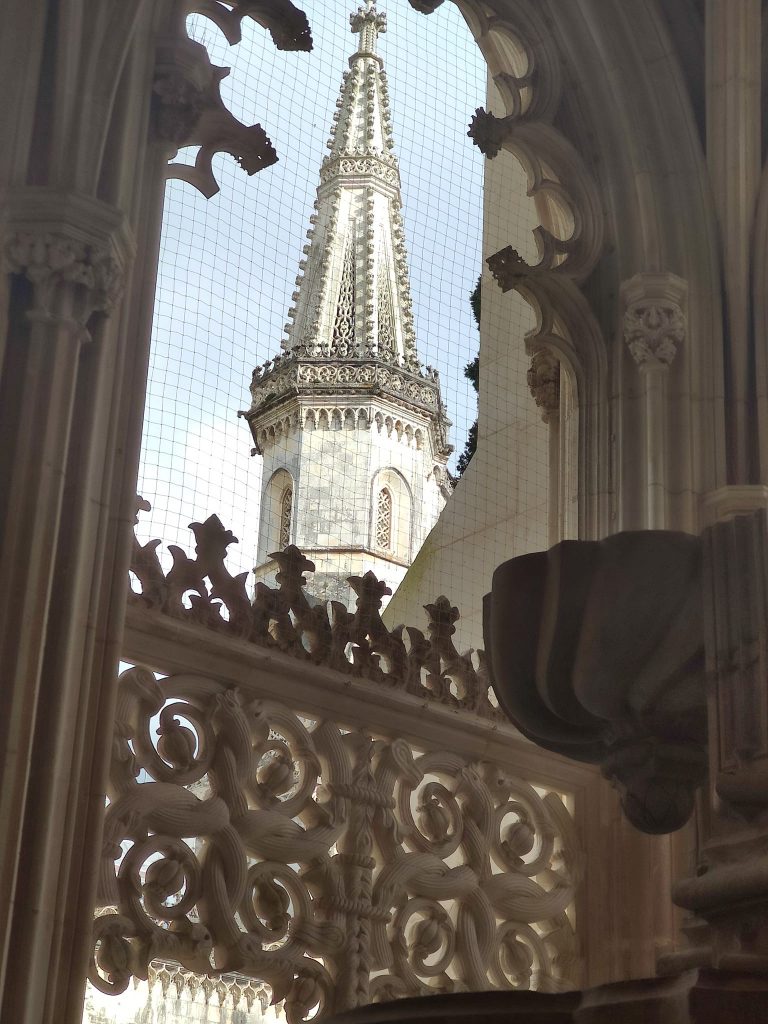
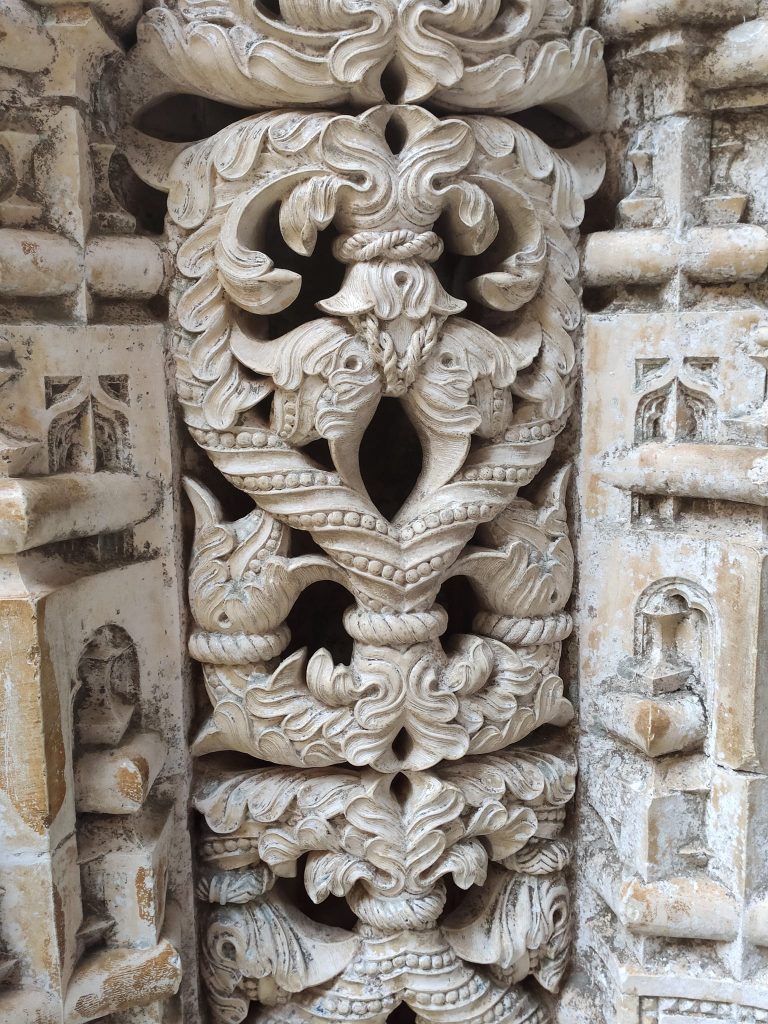
And finally, in our guest apartment, we were amused to find a detailed handwashing instruction placed next to the sink.

Day 4
Not a very successful day. We started out (too late) to see the castle of Leiria. The castle is large and looks good from below, but skipping the interior could have been a good time-saver.
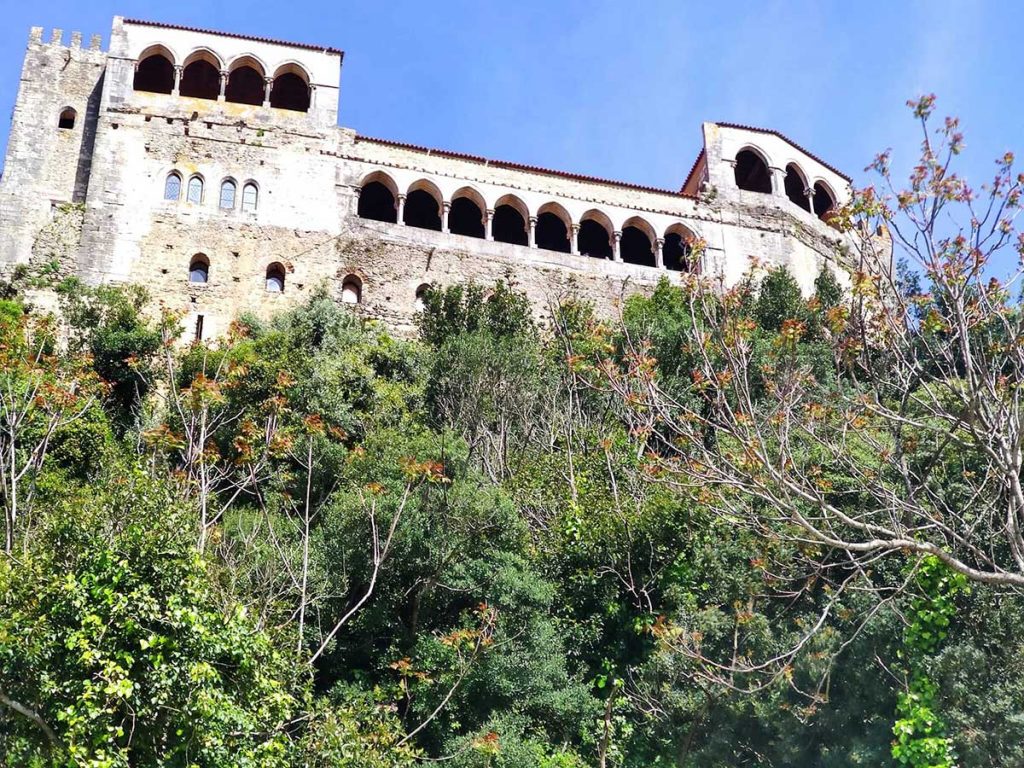
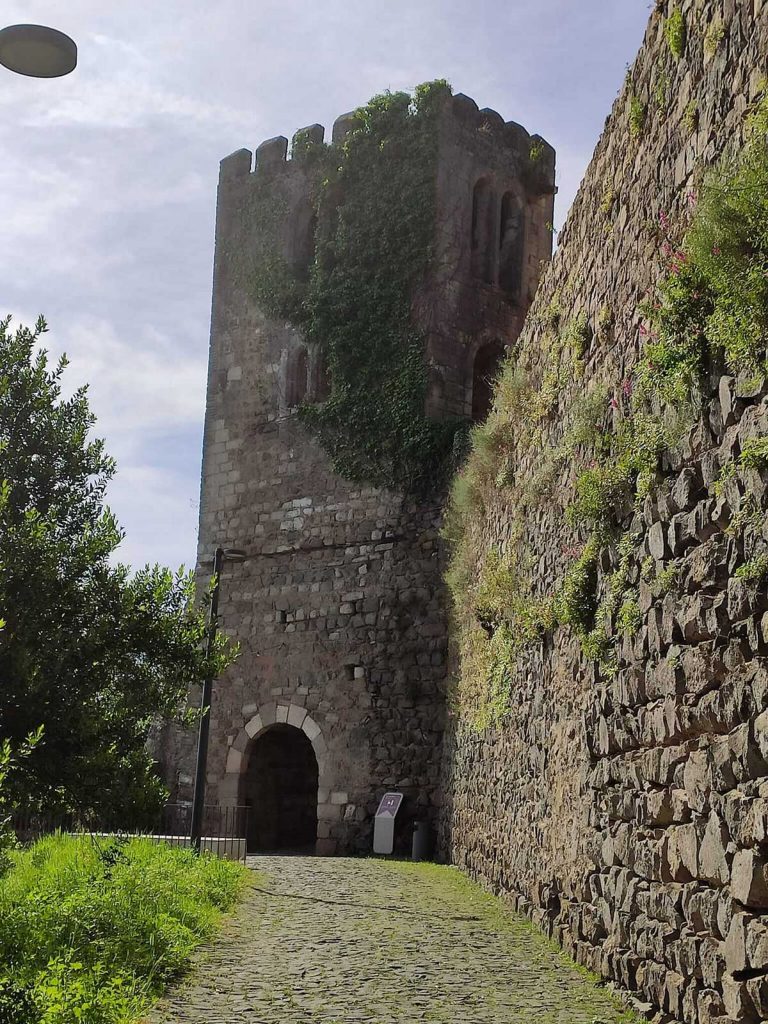
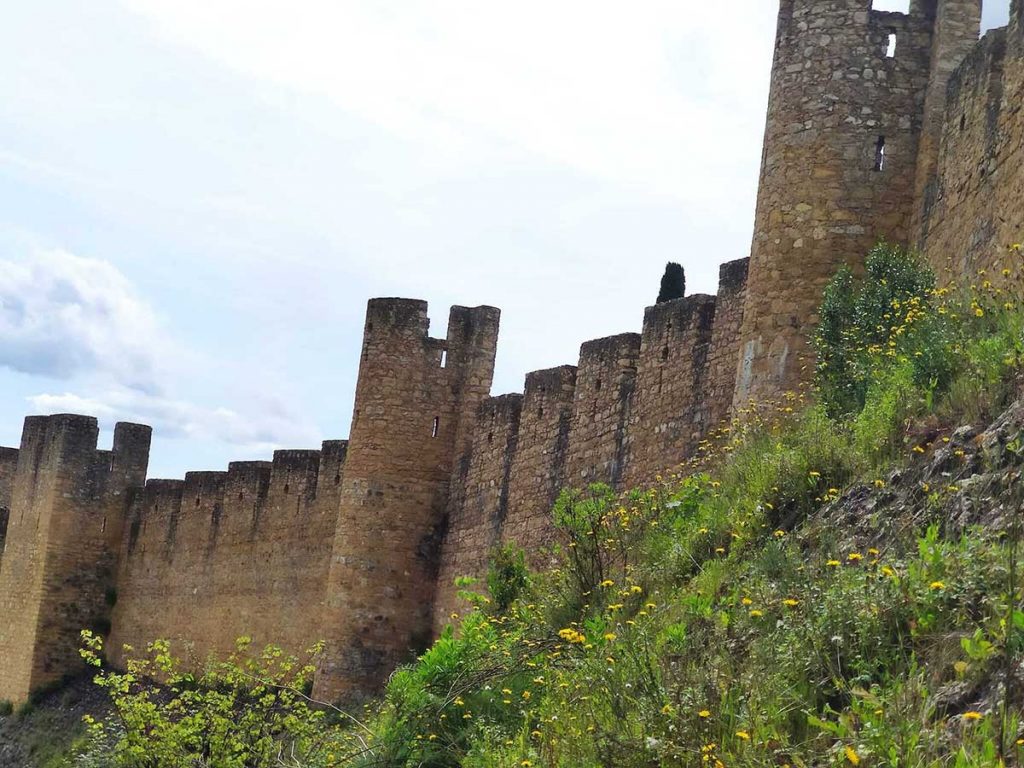
Next came Tomar. Here, entering the castle is absolutely a must — you’ll find incredible examples of the Manueline style, especially the famous window which probably featurs in every description of this architectural form.
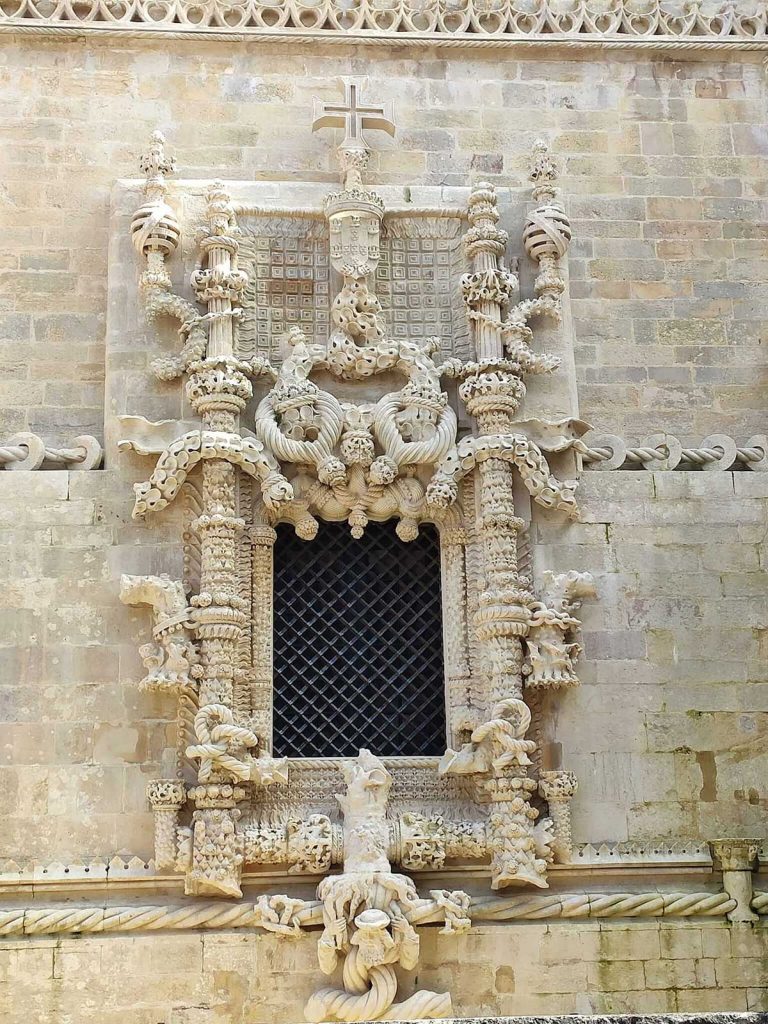
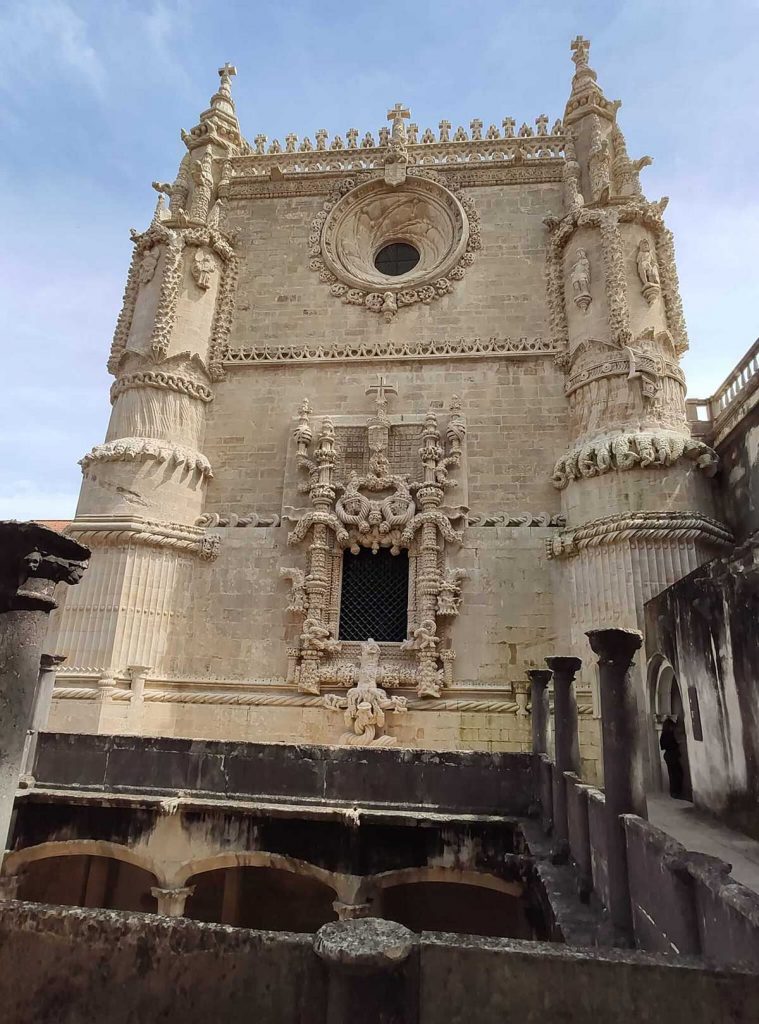
At the center of the castle’s church is an unusual drum-like structure richly decorated from top to bottom. Tomar also has the oldest preserved synagogue in the country, but we couldn’t get in — it was closed.
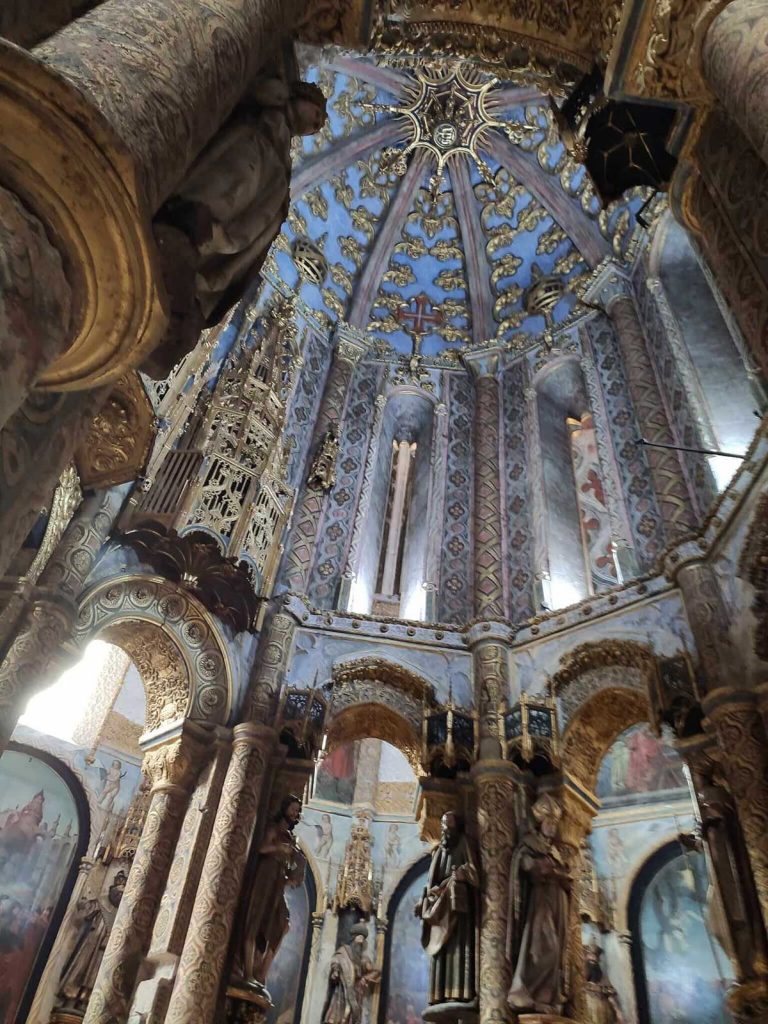
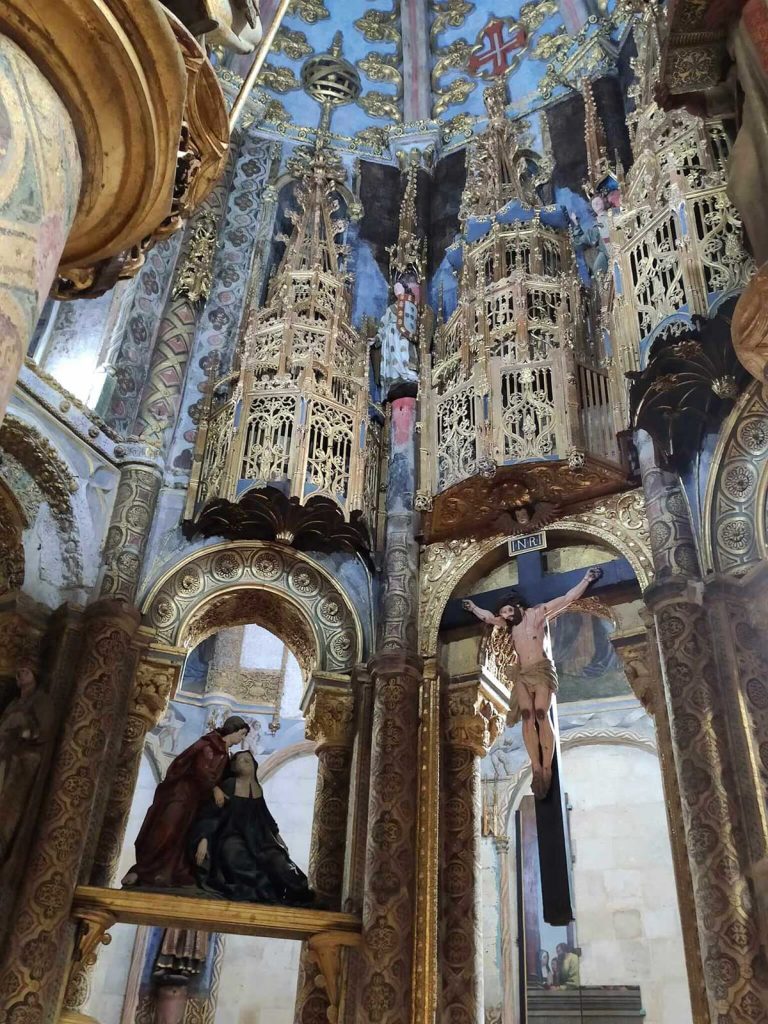
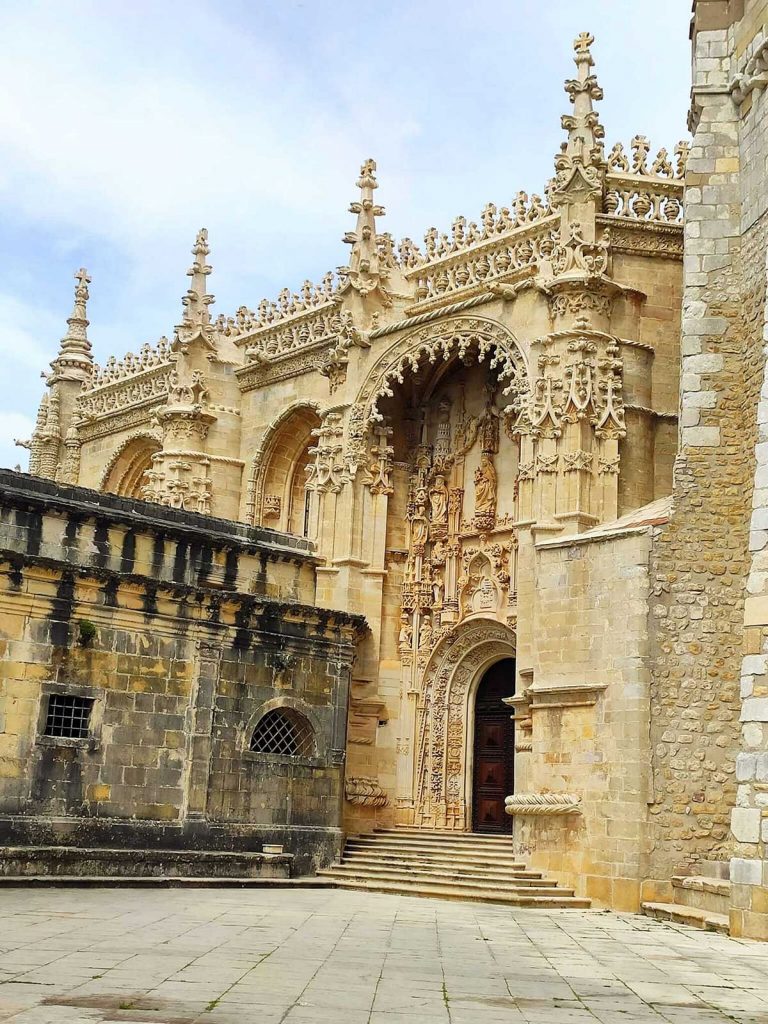
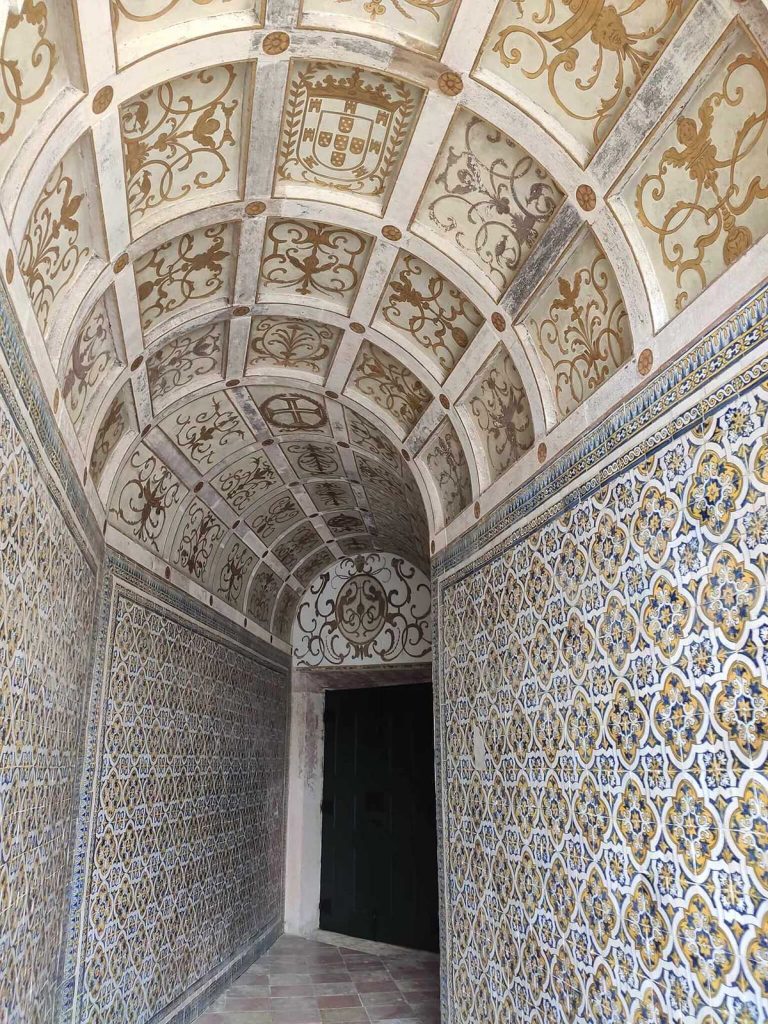
On the way to Coimbra, we made a short detour (9 km) to visit a church in the village of Dornes, hoping to see some notable ceramic decorations. The tiles turned out to be quite ordinary, but the church’s setting — on a peninsula in the large Zêzere River, surrounded by forested slopes descending to the water — partially made up for the time spent.
And finally, Coimbra — lively and beautiful, filled with songs (and drinking) of students, youthful and full of energy. Unfortunately, due to a few missteps during the day, we missed out on seeing the university’s baroque library and magnificent ceramics in its church — we arrived too late.

We strolled through the old town, enjoyed some excellent local beer, and saw students warming up for a traditional two-day drinking fest. On the way back to the car, we got a bit lost — but thanks to that, we met a friendly 17-year-old Ukrainian boy, born in Portugal, who showed us the right way. I also got the chance to chat with him in my ruther rusty Ukrainian.

